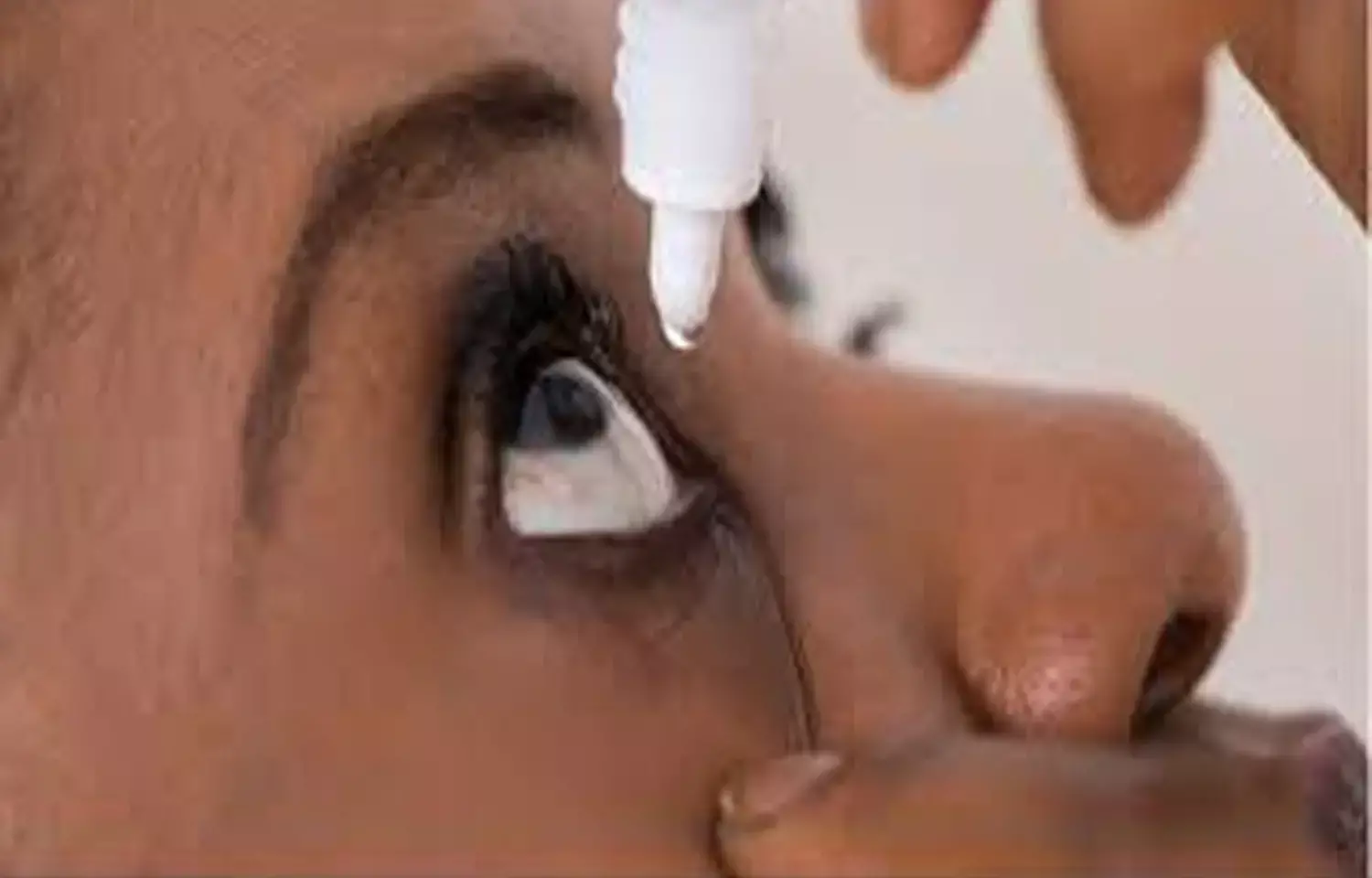- Home
- Medical news & Guidelines
- Anesthesiology
- Cardiology and CTVS
- Critical Care
- Dentistry
- Dermatology
- Diabetes and Endocrinology
- ENT
- Gastroenterology
- Medicine
- Nephrology
- Neurology
- Obstretics-Gynaecology
- Oncology
- Ophthalmology
- Orthopaedics
- Pediatrics-Neonatology
- Psychiatry
- Pulmonology
- Radiology
- Surgery
- Urology
- Laboratory Medicine
- Diet
- Nursing
- Paramedical
- Physiotherapy
- Health news
- Fact Check
- Bone Health Fact Check
- Brain Health Fact Check
- Cancer Related Fact Check
- Child Care Fact Check
- Dental and oral health fact check
- Diabetes and metabolic health fact check
- Diet and Nutrition Fact Check
- Eye and ENT Care Fact Check
- Fitness fact check
- Gut health fact check
- Heart health fact check
- Kidney health fact check
- Medical education fact check
- Men's health fact check
- Respiratory fact check
- Skin and hair care fact check
- Vaccine and Immunization fact check
- Women's health fact check
- AYUSH
- State News
- Andaman and Nicobar Islands
- Andhra Pradesh
- Arunachal Pradesh
- Assam
- Bihar
- Chandigarh
- Chattisgarh
- Dadra and Nagar Haveli
- Daman and Diu
- Delhi
- Goa
- Gujarat
- Haryana
- Himachal Pradesh
- Jammu & Kashmir
- Jharkhand
- Karnataka
- Kerala
- Ladakh
- Lakshadweep
- Madhya Pradesh
- Maharashtra
- Manipur
- Meghalaya
- Mizoram
- Nagaland
- Odisha
- Puducherry
- Punjab
- Rajasthan
- Sikkim
- Tamil Nadu
- Telangana
- Tripura
- Uttar Pradesh
- Uttrakhand
- West Bengal
- Medical Education
- Industry
Lifitegrast ophthalmic solution effective in reducing symptoms of severe dry eye: JAMA

USA: According to the findings of a post hoc study, lifitegrast therapy may be related to a reduction in the signs and symptoms of moderate to severe dry eye disease. The findings were published in JAMA Ophthalmology on 7th October 2021.
The results add to the overall evidence of the benefit of lifitegrast ophthalmic solution, 5.0%, in the treatment of signs and symptoms of DED, particularly in moderate to severe DED.
An investigation of the treatment effect of lifitegrast ophthalmic solution, 5.0%, in different subgroups by the severity of dry eye disease seems warranted. Edward J. Holland, Cincinnati Eye Institute, University of Cincinnati, Cincinnati, Ohio, and his team, therefore, investigated the heterogeneity of DED subgroups and identify which patients were most likely to improve clinically from lifitegrast therapy.
This post-hoc responder analysis was carried out using data from the phase 3 OPUS-2 and OPUS-3 investigations, which were 12-week prospective, double-masked, multicenter, placebo-controlled, randomized, parallel-arm clinical trials that previously established the effectiveness of lifitegrast in DED. The pooled data was divided into four subgroups depending on the severity of inferior corneal staining (ICSS; 1.5 versus >1.5) and ocular dryness (EDS; 60 vs 60) at baseline. Data were gathered between December 7, 2012, and October 5, 2015, and post-hoc analysis was carried out between April 14, 2020, and July 30, 2021.
Key findings include:
- For the overall pooled population, responder and composite responder rates favored lifitegrast vs placebo (odds ratio range, 1.29 to 2.10).
- In the composite analysis, the subgroup with ICSS of greater than 1.5 and EDS of at least 60 at baseline (ie, moderate to severe DED) demonstrated a 1.70- to 2.11-fold higher odds of achieving clinically meaningful improvement with lifitegrast across all sign and symptom end point pairs.
In conclusion, the findings of this post-hoc analysis might add to the overall evidence of lifitegrast's effectiveness in the treatment of DED signs and symptoms, particularly in moderate to severe DED. More clinical practice data would be beneficial in understanding the long-term benefit of lifitegrast and its effectiveness in subgroups with various degrees of DED severity, which would assist optimize therapeutic benefit for individual patients.
Reference:
Holland EJ, Jackson MA, Donnenfeld E, et al. Efficacy of Lifitegrast Ophthalmic Solution, 5.0%, in Patients With Moderate to Severe Dry Eye Disease: A Post Hoc Analysis of 2 Randomized Clinical Trials. JAMA Ophthalmol. Published online October 07, 2021. doi:10.1001/jamaophthalmol.2021.3943
Medical Dialogues consists of a team of passionate medical/scientific writers, led by doctors and healthcare researchers. Our team efforts to bring you updated and timely news about the important happenings of the medical and healthcare sector. Our editorial team can be reached at editorial@medicaldialogues.in.
Dr Kamal Kant Kohli-MBBS, DTCD- a chest specialist with more than 30 years of practice and a flair for writing clinical articles, Dr Kamal Kant Kohli joined Medical Dialogues as a Chief Editor of Medical News. Besides writing articles, as an editor, he proofreads and verifies all the medical content published on Medical Dialogues including those coming from journals, studies,medical conferences,guidelines etc. Email: drkohli@medicaldialogues.in. Contact no. 011-43720751


